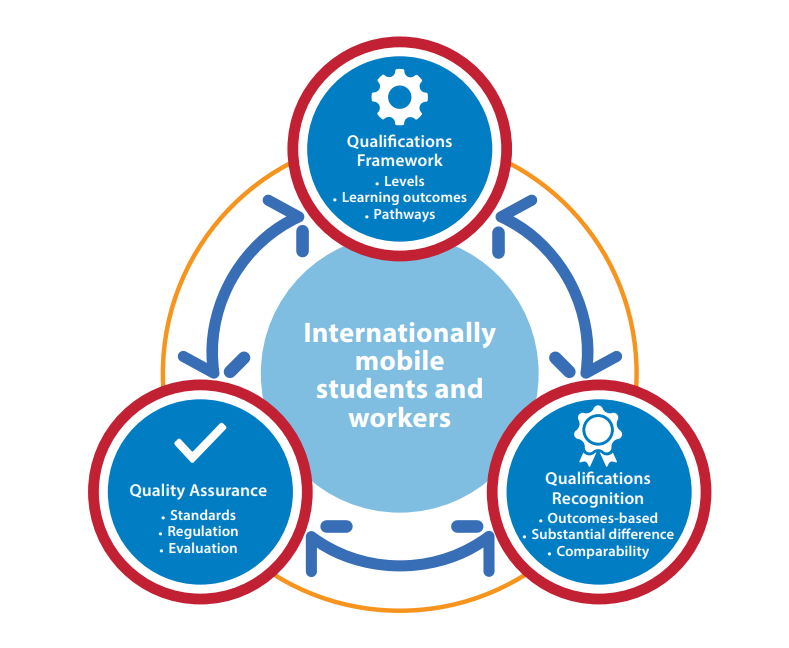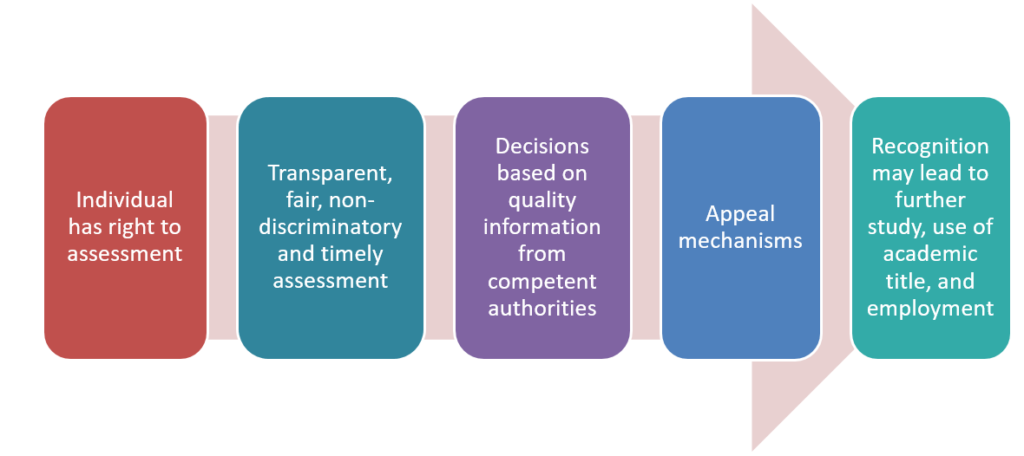Overview

“We need to take actions to enhance international cooperation in higher education, reinforce knowledge sharing, academic exchanges and mobility, and create a fair, transparent and inclusive global campus that offers quality, inclusive and lifelong learning opportunities for all.”
Stefania Giannini
Assistant Director-General for Education
UNESCO
The higher education landscape is rapidly changing due to the internationalization of curricula, diversification of providers, and the emergence of new modes of learning. Some 220 million students are currently enrolled in higher education worldwide, twice as many as ten years ago, and further growth is expected. Institutions face the challenge of providing quality education to an increasingly diverse student population, including non-traditional learners and disadvantaged groups.
The Tokyo Convention provides a mechanism for countries in the Asia-Pacific region to facilitate the fair recognition of educational qualifications through basic principles, increased information provision, and transparency. The APNNIC portal serves as a gateway to a deeper understanding of the diversity of higher education systems in the Asia-Pacific region and the importance of recognition for all learners.


Learn more
- Asia-Pacific Regional Convention on the Recognition of Qualifications in Higher Education (Tokyo Convention)
- Global Convention on Recognition
- Guidelines on Developing and Strengthening Qualifications Frameworks in Asia and the Pacific: Building a Culture of Shared Responsibility (UNESCO, 2018)
- Developing Holistic Indicators to Promote the Internationalization of Higher Education in the Asia-Pacific (UNESCO, 2018)
- Guidelines on Implementing Qualifications Frameworks in Asia and the Pacific at Subject Level: Educational Studies and Cultural Heritage Management (UNESCO, 2020)

